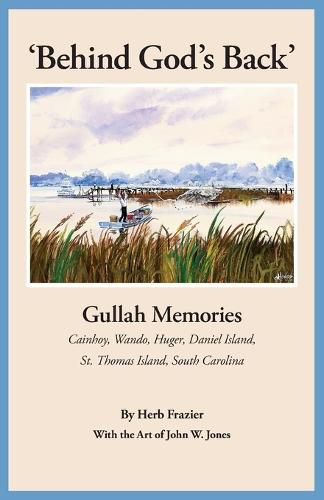Readings Newsletter
Become a Readings Member to make your shopping experience even easier.
Sign in or sign up for free!
You’re not far away from qualifying for FREE standard shipping within Australia
You’ve qualified for FREE standard shipping within Australia
The cart is loading…






When freedom came to enslaved Africans who toiled on rice plantations in lower Berkeley County, South Carolina, many remained to farm the land and raise their families in settlements near the plantation gates. Four generations later, their descendants have shared for the first time family joys and sorrows in Behind God’s Back: Gullah Memories of Cainhoy, Wando, Huger, Daniel Island, St. Thomas Island, South Carolina, by Charleston-based writer Herb Frazier and illustrated with the paintings of Columbia, South Carolina artist John W. Jones. Behind God’s Back is a compilation of accounts of the experiences of Gullah people who struggled after Emancipation, through the Depression and into the middle of the twentieth century to maintain their African-based lifestyles in rural communities near Charleston. Gullah people live in the coastal area of the Southeastern United States. They have preserved more of their African cultural heritage than any other black community in the country.
$9.00 standard shipping within Australia
FREE standard shipping within Australia for orders over $100.00
Express & International shipping calculated at checkout
When freedom came to enslaved Africans who toiled on rice plantations in lower Berkeley County, South Carolina, many remained to farm the land and raise their families in settlements near the plantation gates. Four generations later, their descendants have shared for the first time family joys and sorrows in Behind God’s Back: Gullah Memories of Cainhoy, Wando, Huger, Daniel Island, St. Thomas Island, South Carolina, by Charleston-based writer Herb Frazier and illustrated with the paintings of Columbia, South Carolina artist John W. Jones. Behind God’s Back is a compilation of accounts of the experiences of Gullah people who struggled after Emancipation, through the Depression and into the middle of the twentieth century to maintain their African-based lifestyles in rural communities near Charleston. Gullah people live in the coastal area of the Southeastern United States. They have preserved more of their African cultural heritage than any other black community in the country.